Home>Home Appliances>Laundry Appliances>How To Organize Dirty Laundry


Laundry Appliances
How To Organize Dirty Laundry
Modified: October 20, 2024
Learn how to efficiently organize and manage your dirty laundry with our expert tips and advice. Discover the best laundry appliances and techniques to streamline your laundry routine.
(Many of the links in this article redirect to a specific reviewed product. Your purchase of these products through affiliate links helps to generate commission for Storables.com, at no extra cost. Learn more)
Sorting Dirty Laundry
Sorting dirty laundry is the first step to an organized laundry routine. Separating your clothes into different categories can help prevent color bleeding, preserve fabric quality, and make the washing process more efficient. Here are some tips for sorting your laundry:
-
Separate by Color: Sort your laundry into light, dark, and bright colors. This helps prevent colors from bleeding onto lighter fabrics and keeps your clothes looking fresh.
-
Separate by Fabric Type: Delicate fabrics such as silk and lace should be washed separately from sturdier materials like denim and cotton. This prevents damage to delicate items and ensures that each fabric gets the appropriate care it needs.
-
Separate by Soil Level: Heavily soiled items like dirty work clothes or sports gear should be washed separately from lightly soiled items. This prevents dirt and grime from transferring to other clothes during the wash cycle.
-
Separate by Water Temperature: Clothes that require different water temperatures for washing should be sorted accordingly. For example, separate cold-water wash items from those that require warm or hot water.
By sorting your laundry into these categories, you can streamline the washing process and ensure that each load receives the proper care it needs.
Key Takeaways:
- Sort your dirty laundry by color, fabric type, soil level, and water temperature to prevent color bleeding, preserve fabric quality, and make the washing process more efficient. This helps keep your clothes looking fresh and ensures each load receives the proper care it needs.
- When choosing laundry baskets, consider size, durability, portability, ventilation, stackability, and separation options. This helps accommodate your household’s laundry volume, simplifies transport, prevents musty odors, saves space, and streamlines the sorting process.
Read more: How To Store Dirty Laundry
Choosing the Right Laundry Baskets
When it comes to organizing dirty laundry, choosing the right laundry baskets is essential for an efficient and tidy laundry routine. Here are some factors to consider when selecting the perfect laundry baskets:
-
Size and Capacity: Consider the amount of laundry your household generates and choose baskets that can accommodate this volume. If you have a large family, opt for larger baskets to hold multiple loads of laundry.
-
Durability: Look for laundry baskets made from sturdy materials such as plastic, wicker, or canvas. These materials are durable and can withstand the weight of heavy laundry loads without breaking or tearing.
-
Portability: Select laundry baskets with handles for easy transport to and from the laundry area. This feature makes it convenient to carry the laundry to the washing machine and transport clean clothes back to the respective rooms.
-
Ventilation: Choose baskets with ventilation holes or an open-weave design to allow air circulation. Proper ventilation helps prevent musty odors and mildew from developing on damp clothes.
-
Stackability: If space is limited, consider stackable laundry baskets that can be nested when not in use. This feature helps save space and keeps the laundry area organized.
-
Separation Options: Some laundry baskets come with multiple compartments or removable dividers, allowing you to pre-sort your laundry as you go. This feature can streamline the sorting process and save time on laundry day.
By considering these factors, you can select the right laundry baskets that suit your household's needs and contribute to a well-organized laundry routine.
Establishing a Laundry Routine
Establishing a laundry routine is crucial for maintaining an organized approach to managing dirty laundry. By creating a consistent schedule and following a set of guidelines, you can streamline the entire laundry process. Here are some tips for establishing an effective laundry routine:
-
Designate Laundry Days: Choose specific days of the week for doing laundry based on your household's needs. This could be once a week or more frequently if necessary.
-
Sort and Pre-Treat: Set aside time before laundry day to sort your dirty clothes into appropriate categories and pre-treat any stains. This preparation can save time and ensure that each load receives the care it needs.
-
Use a Hamper System: Place separate hampers or bins in designated areas for different types of laundry, such as whites, colors, and delicates. Encourage family members to deposit their dirty clothes in the appropriate hampers to simplify the sorting process.
-
Set Reminders: Utilize reminders or alarms to prompt you when it's time to start a load of laundry or transfer clothes to the dryer. This can help prevent forgotten loads from sitting in the washer and becoming musty.
-
Establish Folding and Storage Habits: Once the laundry is clean and dry, establish a routine for folding and putting away clothes promptly. This prevents clean clothes from piling up and becoming wrinkled or disorganized.
-
Maintain Equipment and Supplies: Regularly check and restock laundry essentials such as detergent, fabric softener, and stain removers. Ensure that your washer and dryer are well-maintained to avoid unexpected breakdowns.
By implementing these strategies, you can establish a consistent and efficient laundry routine that keeps your dirty laundry organized and under control.
Separate laundry into categories (whites, darks, delicates) to avoid color bleeding and damage. Use separate hampers or bins to keep them organized.
Pre-Treating Stains
Pre-treating stains is a crucial step in the laundry process to ensure that stubborn spots and marks are effectively removed during the wash cycle. Here's how to pre-treat stains effectively:
-
Identify the Stain: Before pre-treating, identify the type of stain you're dealing with. Common stains include food, grease, ink, blood, and grass. Different stains may require different pre-treatment methods for optimal removal.
-
Act Quickly: The sooner you address a stain, the better your chances of successful removal. Blot or scrape off any excess substance from the fabric before applying a pre-treatment solution.
-
Choose the Right Pre-Treatment Product: There are various pre-treatment products available, such as stain removers, laundry detergents with built-in stain-fighting properties, and natural remedies like white vinegar or baking soda. Select a product that is suitable for the specific type of stain and fabric.
-
Spot Test: Before applying the pre-treatment solution to the entire stained area, perform a spot test on a small, inconspicuous part of the fabric to ensure that the product does not cause discoloration or damage.
-
Follow Product Instructions: Read and follow the instructions provided by the pre-treatment product. Apply the solution directly to the stained area and gently work it into the fabric using a soft brush or cloth. Allow the product to penetrate the stain for the recommended duration.
-
Rinse or Wash Promptly: After pre-treating the stain, rinse the area with cold water or proceed to wash the garment as soon as possible. Avoid using hot water, as it can set certain stains, making them more difficult to remove.
By pre-treating stains with the appropriate products and techniques, you can increase the likelihood of successful stain removal and ensure that your laundry emerges clean and spot-free.
Washing and Drying Strategies
When it comes to washing and drying strategies, employing the right techniques can make a significant difference in the cleanliness and longevity of your clothes. Here are some effective strategies for washing and drying your laundry:
-
Load Size and Sorting: Avoid overloading the washing machine, as this can lead to inadequate cleaning and increased wear on the machine. Additionally, continue the sorting process by washing similar fabrics and colors together to prevent color bleeding and fabric damage.
-
Detergent Selection: Choose a high-quality laundry detergent suitable for your specific laundry needs. Consider using specialized detergents for delicate fabrics, stain removal, or high-efficiency washers to achieve optimal cleaning results.
-
Water Temperature: Pay attention to the recommended water temperature for different types of laundry. Hot water is effective for removing tough stains and sanitizing items, while cold water is suitable for delicate fabrics and energy efficiency.
-
Cycle Selection: Select the appropriate wash cycle based on the fabric type and level of soiling. For example, use a gentle cycle for delicate items and a heavy-duty cycle for heavily soiled clothes.
-
Drying Methods: When it comes to drying, consider air-drying delicate items to prevent shrinkage and preserve fabric integrity. For machine drying, use the appropriate heat setting based on fabric care labels and garment specifications.
-
Dryer Maintenance: Regularly clean the lint trap in your dryer to ensure proper airflow and prevent fire hazards. Additionally, inspect and clean the dryer vent to remove lint buildup, which can impede dryer performance and pose a fire risk.
-
Folding and Storage: Once the laundry is dry, promptly fold and store the clothes to prevent wrinkles and maintain organization. Consider using storage solutions such as drawers, hangers, and shelves to keep your clean clothes tidy and easily accessible.
By implementing these washing and drying strategies, you can ensure that your laundry is thoroughly cleaned, well-maintained, and organized for everyday use.
Frequently Asked Questions about How To Organize Dirty Laundry
Was this page helpful?
At Storables.com, we guarantee accurate and reliable information. Our content, validated by Expert Board Contributors, is crafted following stringent Editorial Policies. We're committed to providing you with well-researched, expert-backed insights for all your informational needs.






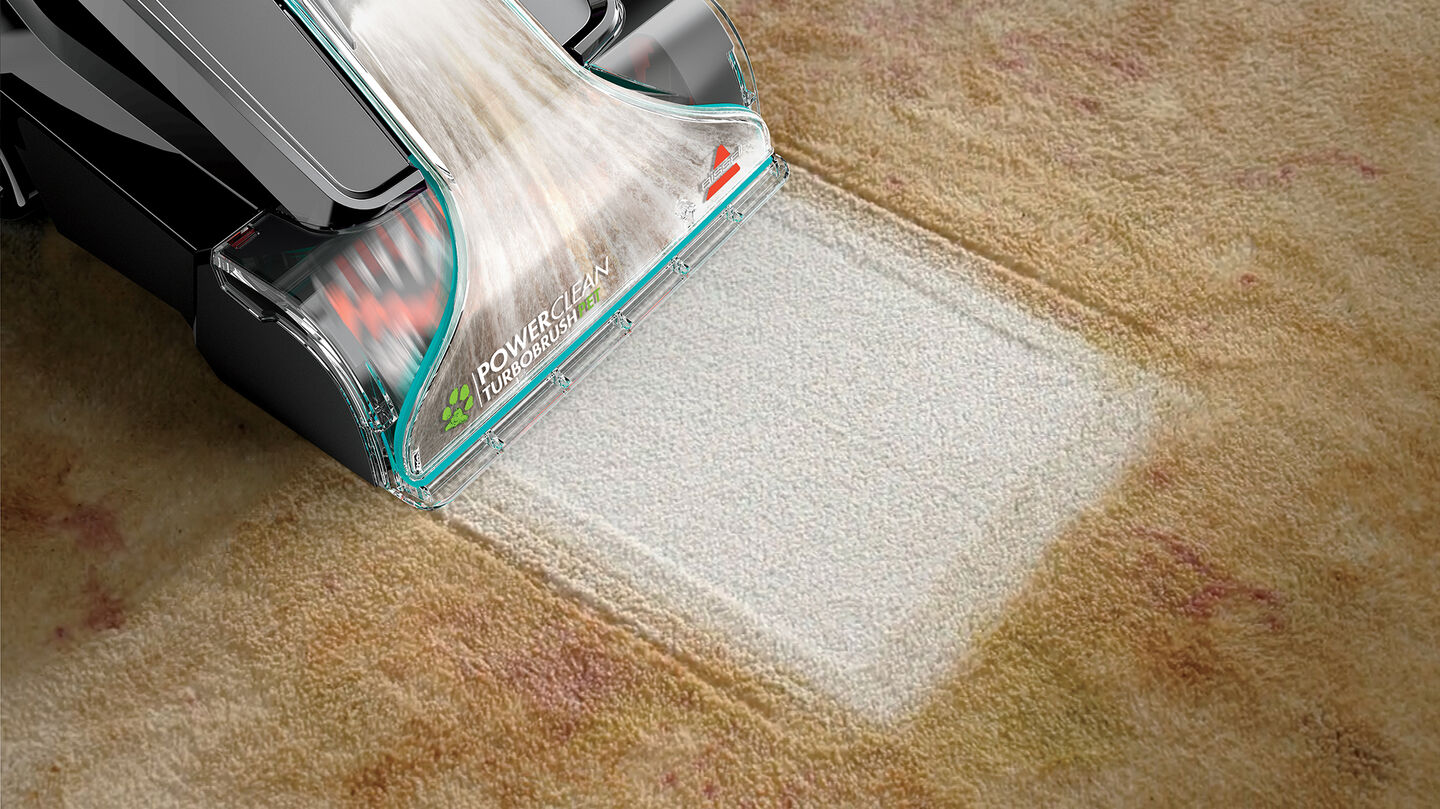
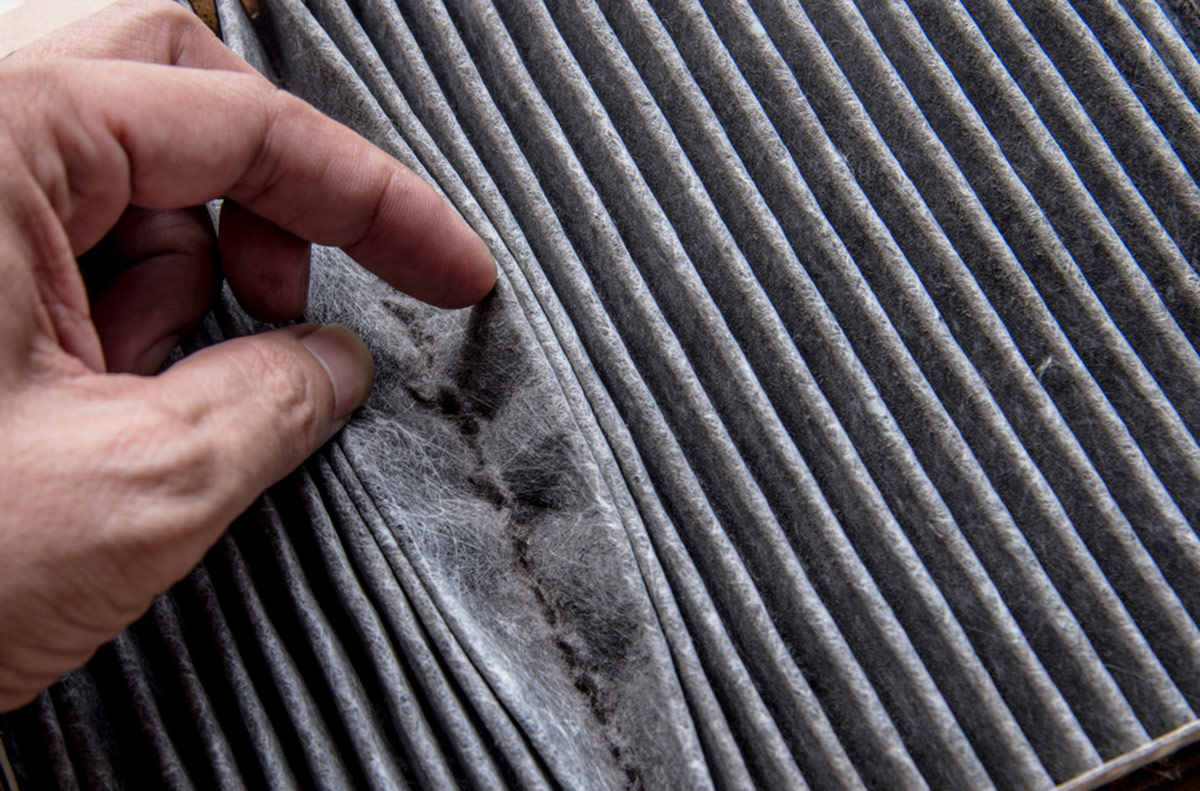
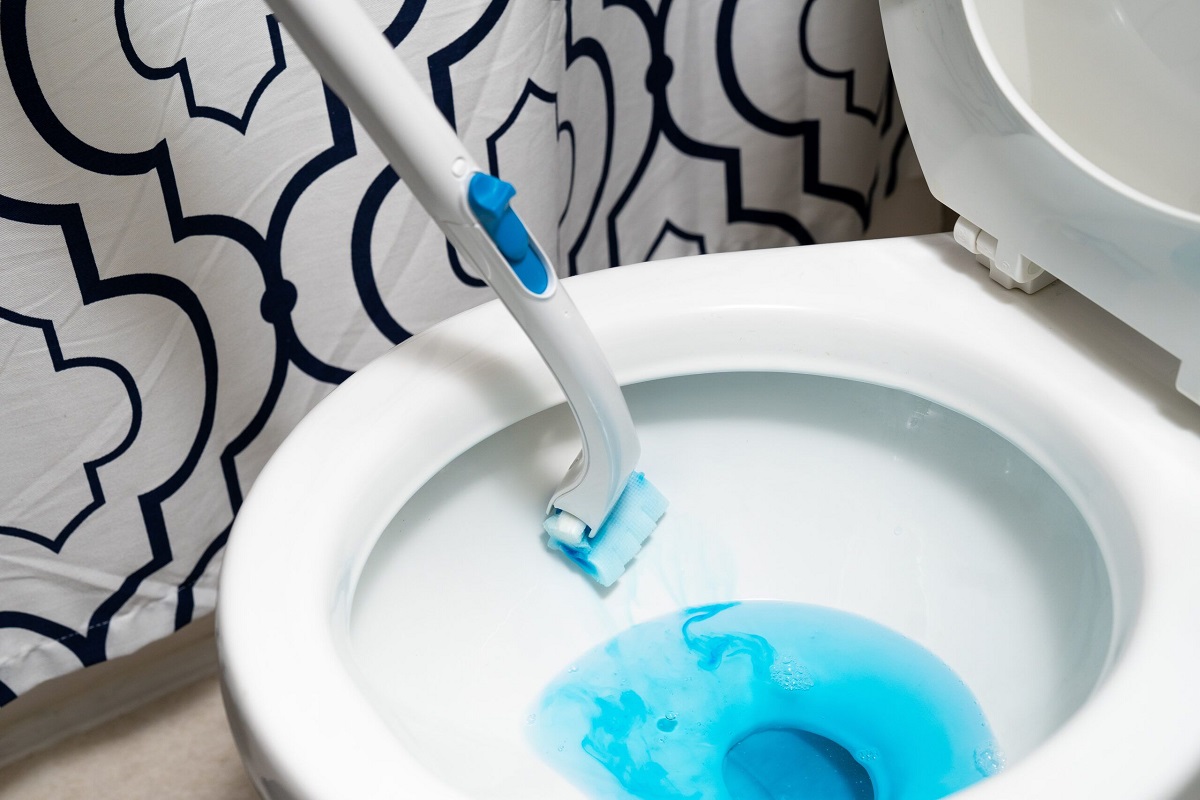
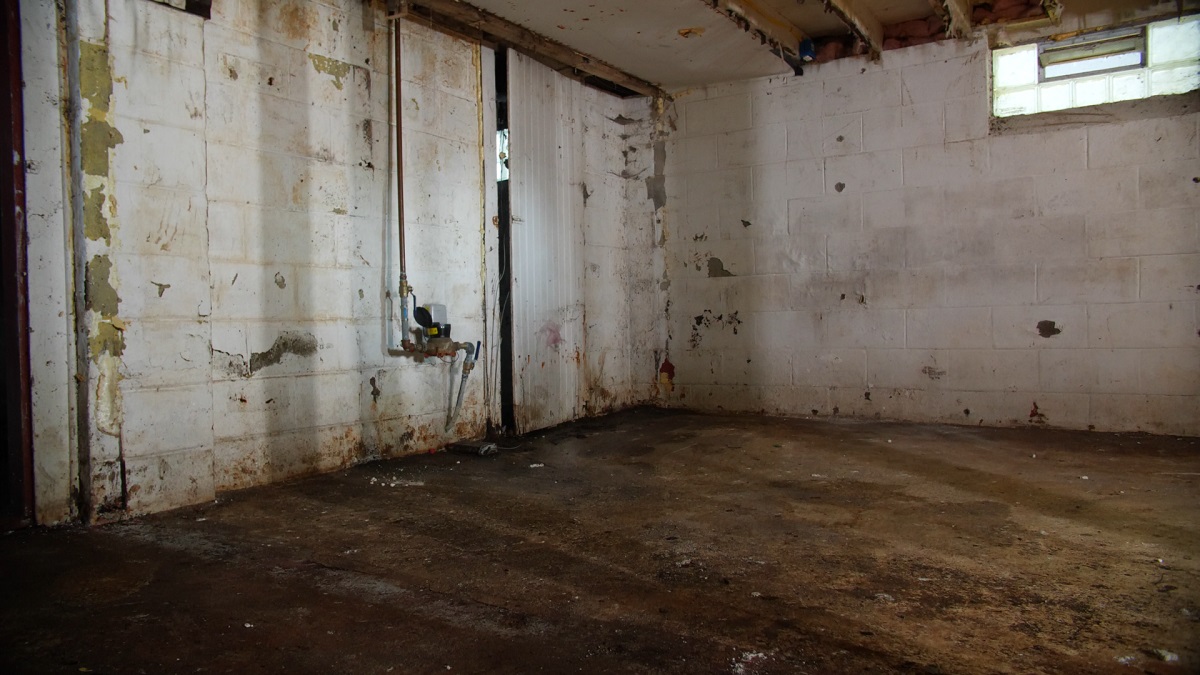
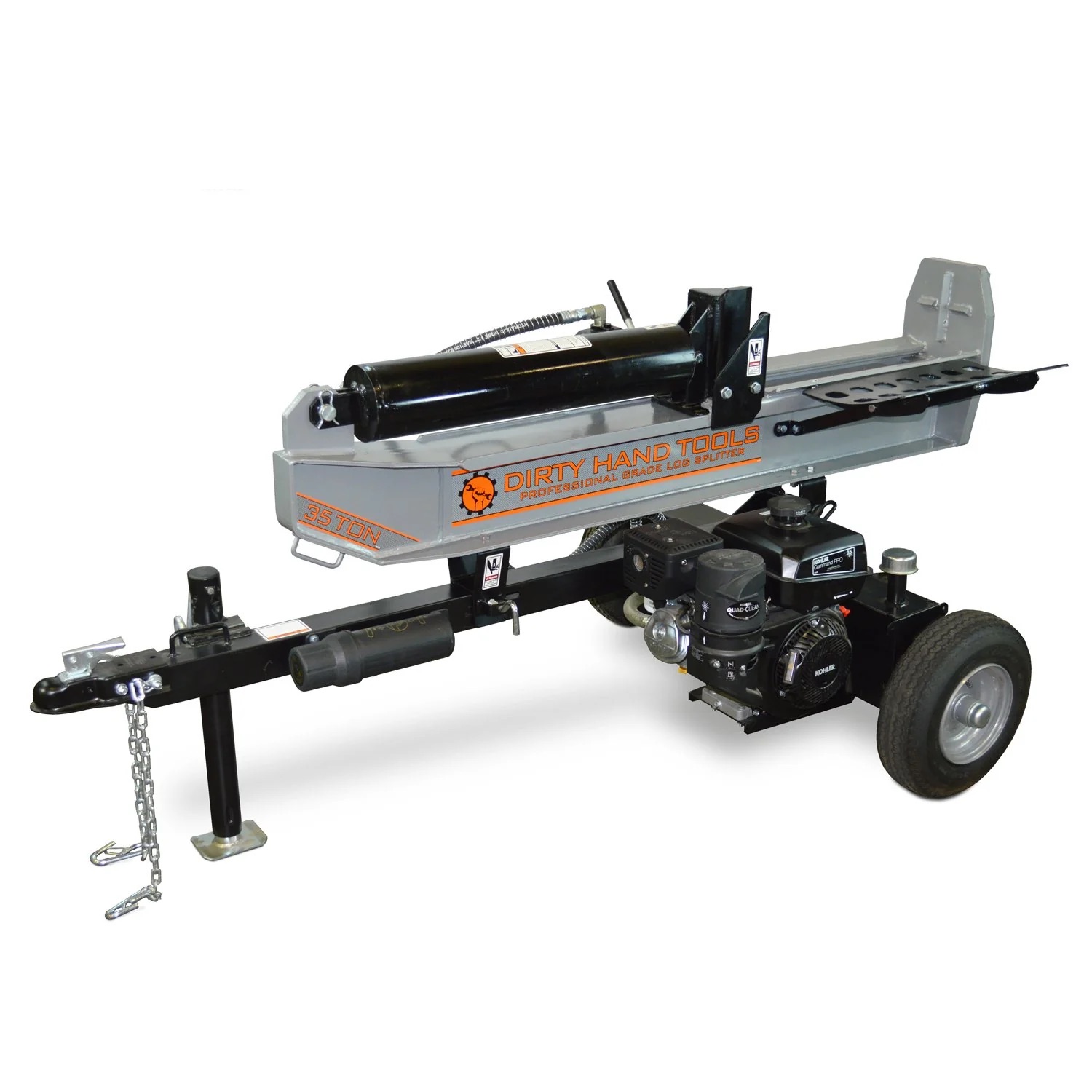
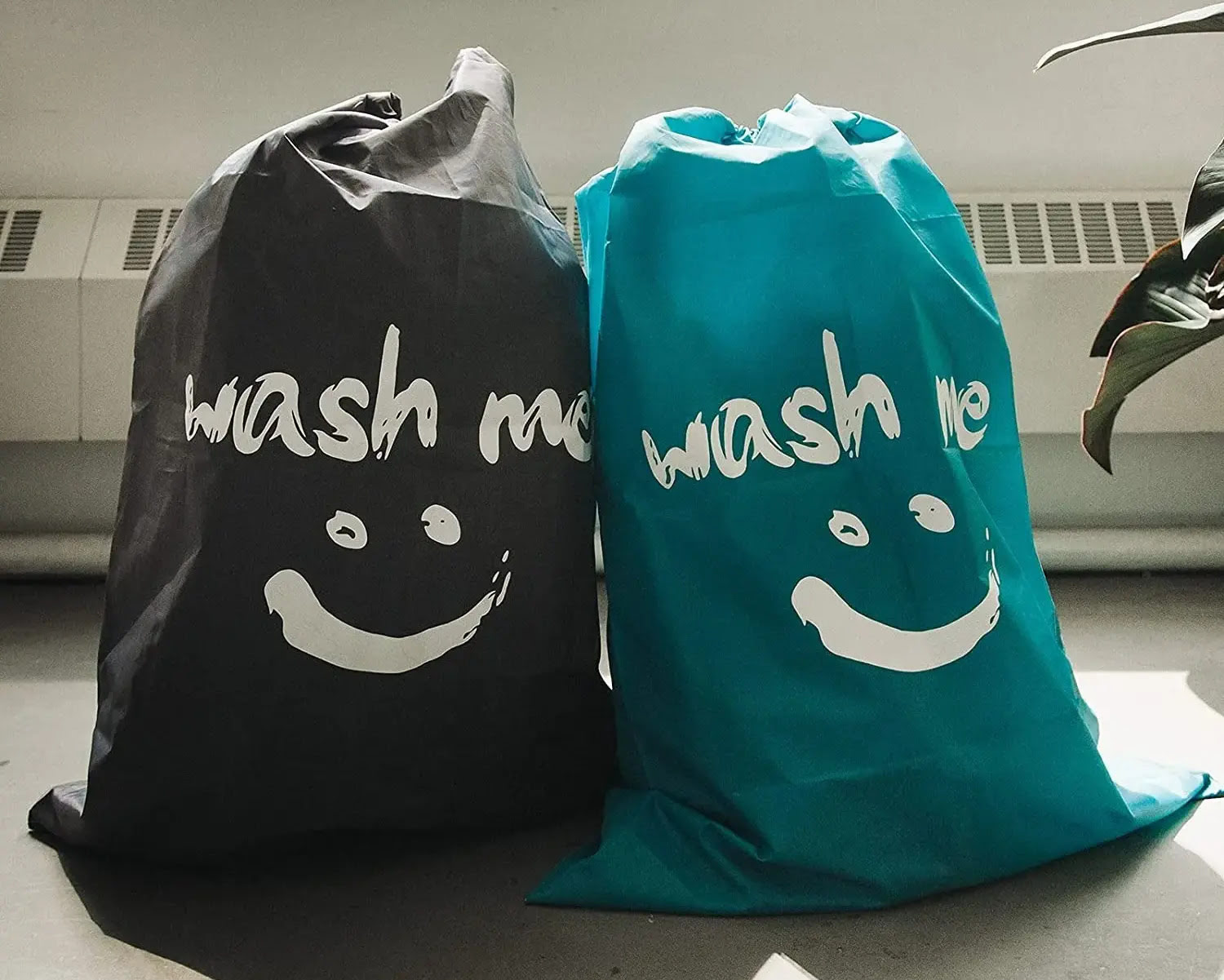
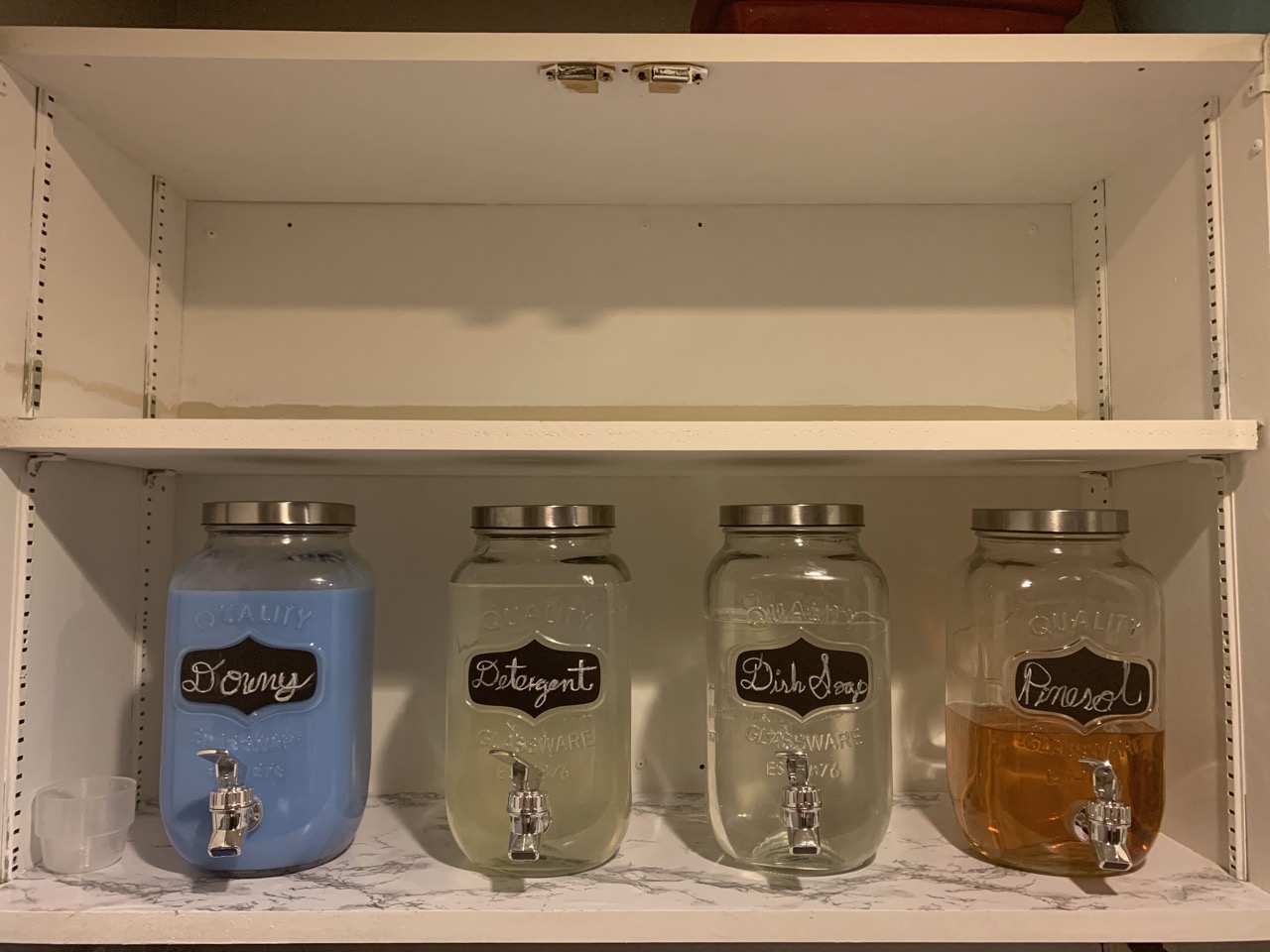

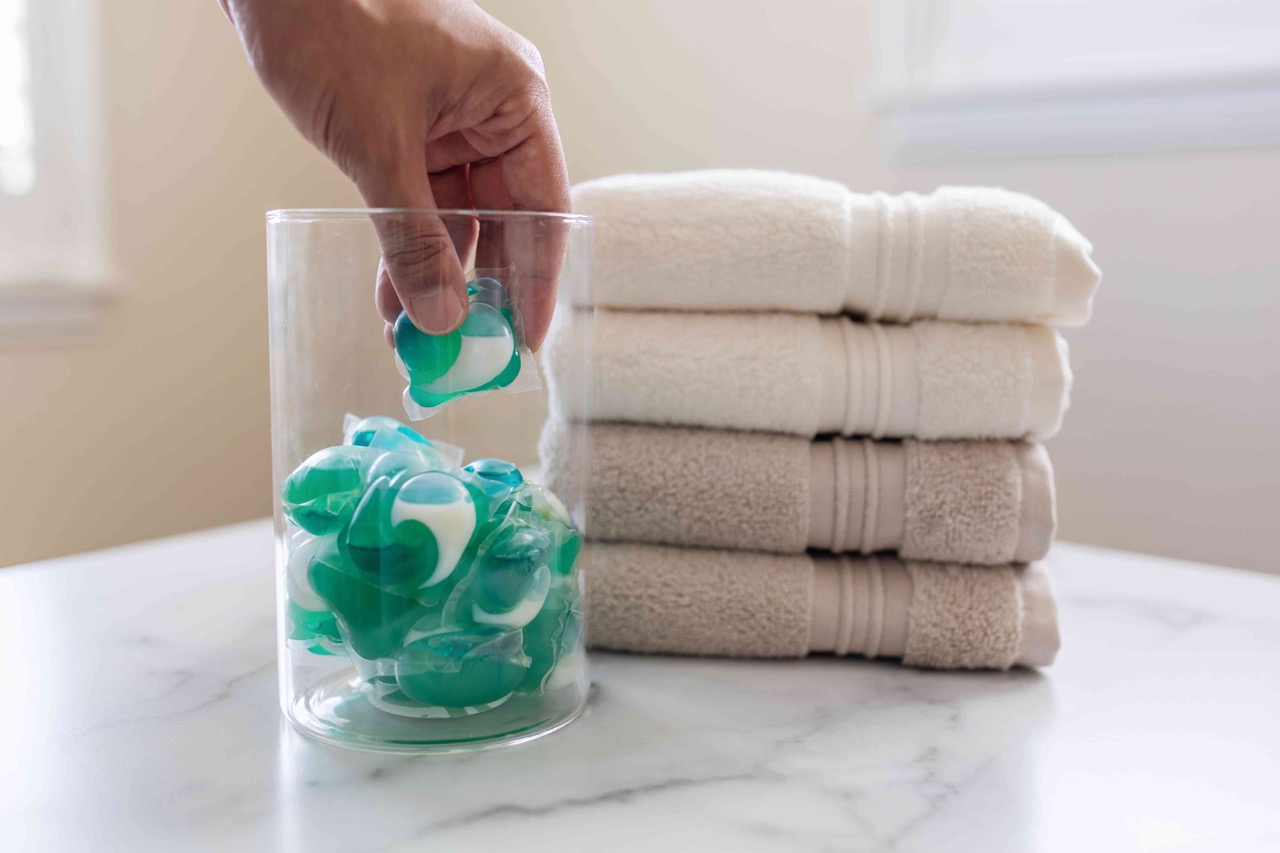

0 thoughts on “How To Organize Dirty Laundry”